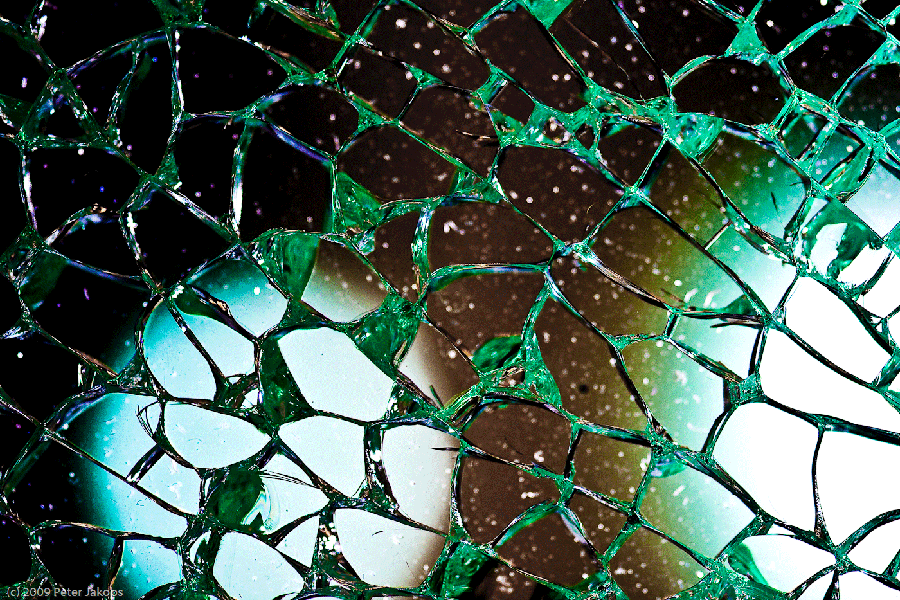Chromosomes can shatter. In a single, catastrophic rearrangement event, tens to hundreds of breakpoints are repaired imperfectly and result in a shuffling of genetic material. One such event affects insulin signaling and dauer formation in C. elegans, as reported in this month’s G3.
Chromosome shattering, or chromothripsis, is a recently described phenomenon found in some types of cancer and in congenital diseases. As more information about these shattering events and the resulting complex genomic rearrangements (CGRs) has been uncovered, researchers now know what was originally described as chromothripsis is actually two distinct processes: chromothripsis (chromosome shattering) and chromoanasynthesis (chromosome reconstitution).
Chromothripsis is characterized by numerous rearrangements, several copy number changes, and loss of heterozygosity. Chromothriptic events are often repaired by non-homologous end joining (NHEJ) – the DNA repair process that joins the ends of a double-stranded break without using the matching homologous sequences as a template. Chromoanasynthesis, on the other hand, results specifically in duplications and triplications without deletions or loss of heterozygosity. Additionally, chromoanasynthetic events are not repaired by NHEJ, as the breakpoint junctions have sequences of homology that indicate some form of templated repair.
Itani et al. found a chromoanasynthetic CGR through a suppressor screen in the worm. They started with a mutant strain of C. elegans that always enters the dauer larval state (a type of stasis that allows the worm to survive harsh conditions) instead of undergoing normal development. To identify new genes that function in dauer formation, they mutagenized the dauer-forming worms and looked for suppressors that rescued the phenotype. The chemical they used for mutagenesis, called N-Ethyl-N-Nitrosourea, or ENU, causes random point mutations throughout the genome.
One suppressor identified in the screen resulted from a CGR on the right arm of the X chromosome. This rearrangement, called dpDp667, had three duplications and a single triplication, and its breakpoint junctions showed runs of sequence homology. This led the authors to conclude it was the product of chromoanasynthesis. They demonstrated that dpDp667 suppresses constitutive dauer formation through increased dosage of the akt-2 gene, which plays a role in insulin signaling.
The cause of catastrophic genome breakage events is still unknown. Since the dpDp667 CGR was a result of a treatment that causes point mutations, the authors suggest that CGRs could possibly come from any type of damage that causes point mutations. In that case, the frequency of CGRs might be vastly underestimated; as whole genome sequencing is used more often in research and in the clinic, more of these complex rearrangements may come to light.
CITATION
Itani, O.A., Flibotte, S., Dumas, K.J., Moerman, D.G., Hu, P.J. 2016. Chromoanasynthetic Genomic Rearrangement Identified in a N-Ethyl-N-Nitrosourea (ENU) Mutagenesis Screen in Caenorhabditis elegans. G3, 6(2): 351-356. doi: 10.1534/g3.115.024257 http://www.g3journal.org/content/6/2/351.full














